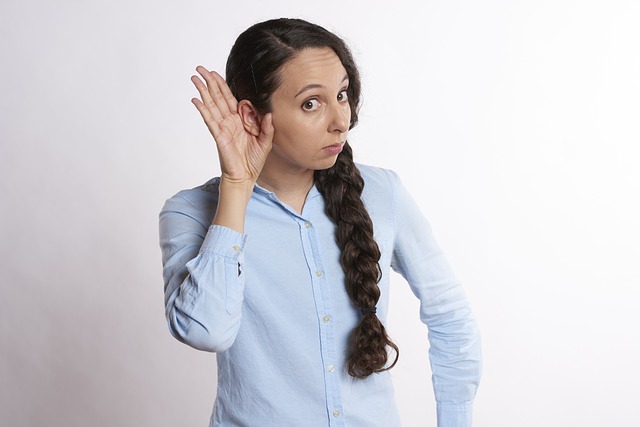We often take our ears for granted, yet they are our gateway to the symphony of life’s audiotape. The human ear is a marvel of evolutionary engineering, delicately crafted to capture every whisper, every thunderclap, and every note in between.
From the subtle vibrations of the outer ear to the intricate mechanics of the middle ear and the neural connections in the inner ear, our auditory system is the unsung hero of sensory perception. However, in the cacophony of our daily lives, ear health is often overlooked, leading to preventable issues that can affect our quality of life.
In this comprehensive guide, we’ll take a deep dive into ear health, exploring the various aspects of maintaining auditory wellbeing, detecting early signs of trouble, and seeking professional care. Whether you’re looking to keep your ears in peak condition or learning how to protect your hearing against the hazards of modern life, this guide will serve as your compass to better aural health.
Understanding Your Ears: Anatomy And Function
To take the best care of your ears, it’s important to understand how they work. Your ear is divided into three major parts: the outer ear, middle ear, and inner ear. Sound waves enter through the outer ear and travel down the ear canal, causing the eardrum to vibrate.
These vibrations are then transmitted through the three tiny bones in the middle ear – the malleus, incus, and stapes, also known as the hammer, anvil, and stirrup. The middle ear is connected to the back of the throat by the Eustachian tube, which helps equalize pressure and prevent the build-up of fluid.
Once the vibrations move into the inner ear, they are converted into electrical signals that can be interpreted by the brain, thanks to the cochlear nerve. This elegant process is not only essential for hearing but also plays a role in balance, a function regulated by the vestibular organ within the inner ear.
Common Ear Conditions And How To Spot Them
Otitis media, commonly known as an ear infection, is a condition often seen in children but can affect adults, too. It’s characterized by the inflammation of the middle ear and the accumulation of fluids behind the eardrum, leading to pain, pressure, and sometimes, hearing loss.
Another frequent complaint is tinnitus, which manifests as a ringing, buzzing, or hissing sound in the ears without an external auditory source. It can be a symptom of an underlying condition or a side effect of medication, but it can also occur for no apparent reason.
Some individuals may experience a sensation of spinning dizziness, which could indicate an issue with the vestibular system. Balance disorders can be quite debilitating and should be addressed by a healthcare professional promptly to rule out more serious problems.
Protecting Your Ears In A Noisy World
Noise-induced hearing loss is a growing concern in an increasingly noisy world. Long-term exposure to sounds over 85 decibels (dB) can cause damage to the tiny hair cells in the cochlea, leading to irreversible hearing impairment.
Concerts, loud machinery, and personal listening devices are common culprits of excessive noise. To protect your ears, it’s vital to be mindful of your environment and, when necessary, wear hearing protection such as earplugs or earmuffs.
Even simple changes like keeping the volume down on your devices or taking listening breaks in noisy environments can go a long way in preserving your hearing. Listening to music should be an enjoyable experience, not a hazard to your health.

Get Regular Ear Cleaning
Regular ear cleaning is a part of personal hygiene, but it can be a delicate task that requires the right approach to prevent harm to the ear canal or perforation of the eardrum. Earwax, or cerumen, is a natural substance that helps protect your ears from dust, dirt, and bacteria. However, for some individuals, earwax can build up and cause symptoms like earache, tinnitus, or hearing loss, which may require attention. Consulting ear cleaning specialists such as audiologists or otolaryngologists is advisable, especially if you’re experiencing discomfort or a change in your hearing. They’re equipped with the tools and expertise to safely remove excess earwax and provide guidance on how to prevent future buildups without using cotton swabs or other objects that can push the wax farther into the ear.
Ear Health Over The Lifespan
Ear health needs change as we age, and it’s essential to adapt our care routines accordingly. Children may need special attention to prevent issues such as repeated ear infections, while adults and seniors should be vigilant for signs of age-related hearing loss or balance disorders. Regular check-ups with a healthcare provider, especially for those who have a family history of hearing problems, can help catch issues early and provide interventions to slow their progression.
Our ears are remarkable organs that deserve our attention and care. By understanding the intricacies of ear health, adopting preventative measures, and seeking prompt medical attention when needed, we can ensure a lifetime of clear, balanced, and beautiful sounds.
